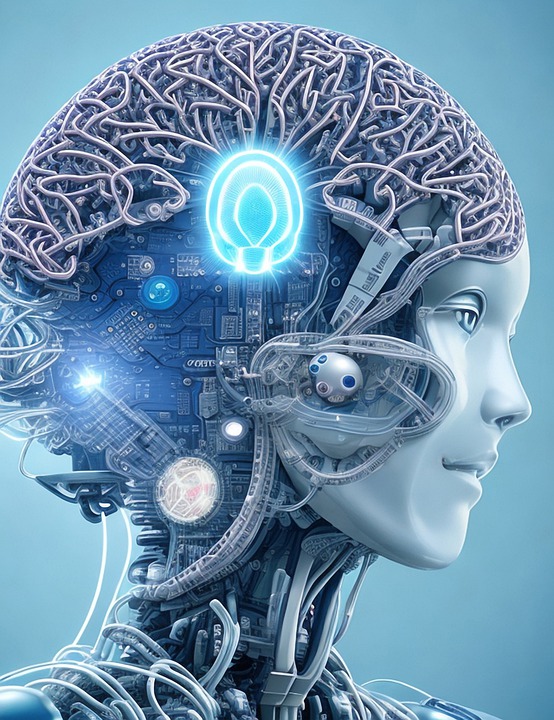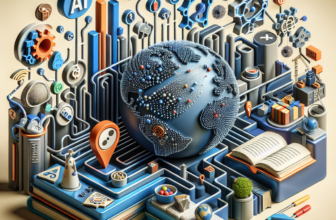Creating Realistic Images with AI: Understanding Generative Adversarial Networks”

Creating Realistic Images with AI: Understanding Generative Adversarial Networks
Artificial Intelligence (AI) has made significant advancements in recent years, particularly in the field of image generation. One of the most groundbreaking technologies in this area is Generative Adversarial Networks (GANs), which have revolutionized the way realistic images are created using AI.
In this article, we will take a closer look at GANs and how they are used to generate realistic images. We will also explore the potential applications of this technology and address some frequently asked questions about AI for image generation.
Understanding Generative Adversarial Networks
Generative Adversarial Networks, or GANs, are a class of machine learning models that are used to generate new data, such as images, based on a set of training data. The basic idea behind GANs is to have two neural networks, known as the generator and the discriminator, compete against each other in a game-like fashion.
The generator network takes random noise as input and generates images. The discriminator network, on the other hand, tries to distinguish between real images from the training data and fake images generated by the generator. As the two networks compete, the generator learns to create more realistic images, while the discriminator gets better at distinguishing between real and fake images.
Over time, this adversarial training process results in the generator being able to produce high-quality, realistic images that are indistinguishable from real ones. GANs have become incredibly powerful tools for generating images that look like they were created by humans.
Applications of GANs for Image Generation
Thanks to their ability to create realistic images, GANs have a wide range of applications across various industries. One of the most notable uses of GANs is in the field of computer graphics, where they are used to generate realistic scenes, characters, and objects for video games, movies, and virtual reality simulations.
GANs are also used in the fashion and design industries to create realistic imagery for product mockups and visualizations. Additionally, GANs have been used in the medical field to generate synthetic medical images for research and training purposes.
Furthermore, GANs have the potential to revolutionize the field of digital art by enabling artists to create unique and realistic images using AI. By leveraging GANs, artists can experiment with new styles and techniques to produce stunning visual artworks.
FAQs about AI for Image Generation
Q: How do GANs work?
A: GANs consist of two neural networks, a generator and a discriminator, that compete against each other in a game-like fashion. The generator creates fake images, while the discriminator tries to distinguish between real and fake images. Through this adversarial training process, the generator learns to generate realistic images.
Q: What are the potential applications of GANs for image generation?
A: GANs have a wide range of applications, including computer graphics, fashion and design, medical imaging, and digital art. They can be used to create realistic scenes, characters, and objects for video games, movies, and virtual reality simulations, as well as generate synthetic medical images for research and training purposes.
Q: Can GANs be used to create deepfakes?
A: While GANs have the potential to be used for creating deepfakes, which are manipulated videos that make it appear as though someone is saying or doing something they never did, it is important to use this technology responsibly. Ethical considerations and regulations must be taken into account when using GANs for image and video generation.
With their ability to create realistic images, GANs have the potential to revolutionize various industries and transform the way we generate visual content. As the technology continues to advance, we can expect to see even more innovative applications of GANs for image generation in the near future.
In conclusion, Generative Adversarial Networks are a powerful tool for creating realistic images using AI. Their ability to generate high-quality images has opened up a wide range of applications across various industries, from computer graphics and fashion to medical imaging and digital art. As the technology continues to evolve, GANs have the potential to revolutionize the way we generate visual content and push the boundaries of what is possible in image generation.







